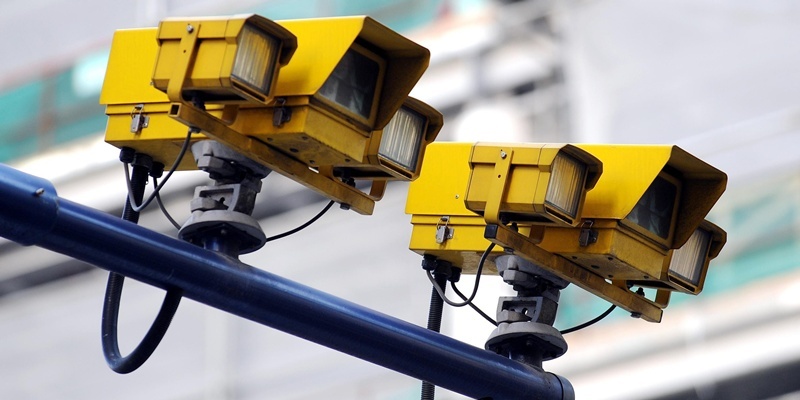Campaigners say any move to introduce average speed cameras on the A9 should not delay actual improvements to the road itself.
While possible new measures to curb speeders who flout the law have been given a cautious welcome, some questioned whether the cost of introducing costly average speed cameras might be better spent on road improvements.
According to Justice Secretary Kenny MacAskill, the cameras could police a 140-mile section of the road between Dunblane and Inverness.
The move follows a crackdown by police last month, in which 687 motorists were charged for speeding between Perth and Inverness over a 10-day period.
Mr MacAskill told MSPs this week that the A9 Safety Group which includes police, local authorities and the Scottish Government agency Transport Scotland were examining the feasibility of the system.
Long-term A9 safety campaigner Murdo Fraser MSP applauded the move but reiterated his stance that the dualling programme, which will not be completed until 2025, must be speeded up.
”I welcome all measures to reduce excessive speeds and improve road safety on the A9, Scotland’s most dangerous road,” said the MSP for Mid-Scotland and Fife.
”Whilst speed reduction is important, we should not lose sight of the fact that the road configuration, with its continual switches between single and dual carriageway, is a major cause of accidents.
”The priority must be to accelerate the programme to complete the dual carriageway between Perth and Inverness.”
The Institute of Advanced Motorists was sceptical about the worth of more cameras on the A9.
Policy and research director Neil Greig said: ”Many of the crashes are due to misjudged overtaking manoeuvres and problems at junctions rather than out-and-out speeding.”
He contended that the money might be better channelled into providing better overtaking opportunities and extra police patrols. At the moment surveillance of the road is maintained by mobile camera vans and police cars.
Supporters of the average speed camera system point to the 29-mile coverage introduced on the A77 in Ayrshire seven years ago, which has halved deaths.
Kathleen Braidwood, road safety officer for the Royal Society for the Prevention of Accidents Scotland, said: ”We know average speed cameras can have a very positive effect on the behaviour of drivers.”
The Scottish Government is committed to a £3 billion scheme to dual the entire length of the road and, under pressure, recently brought forward the start date of part of the scheme to 2015/16.
However, with the death toll on the A9 continuing to rise six people have been killed in the last three months the Government is under pressure to substantially bring forward construction plans.
But the scale of the project and the amount of consultation needed with communities along the route makes progress on this front difficult.
Alex Neil, cabinet secretary for infrastructure and capital investment, said: ”The A9 is the longest trunk road in Scotland and we have always said that delivery by 2025 was challenging but achievable.
”Dualling each of these seven existing single carriageway sections represents a major project in its own right.”
